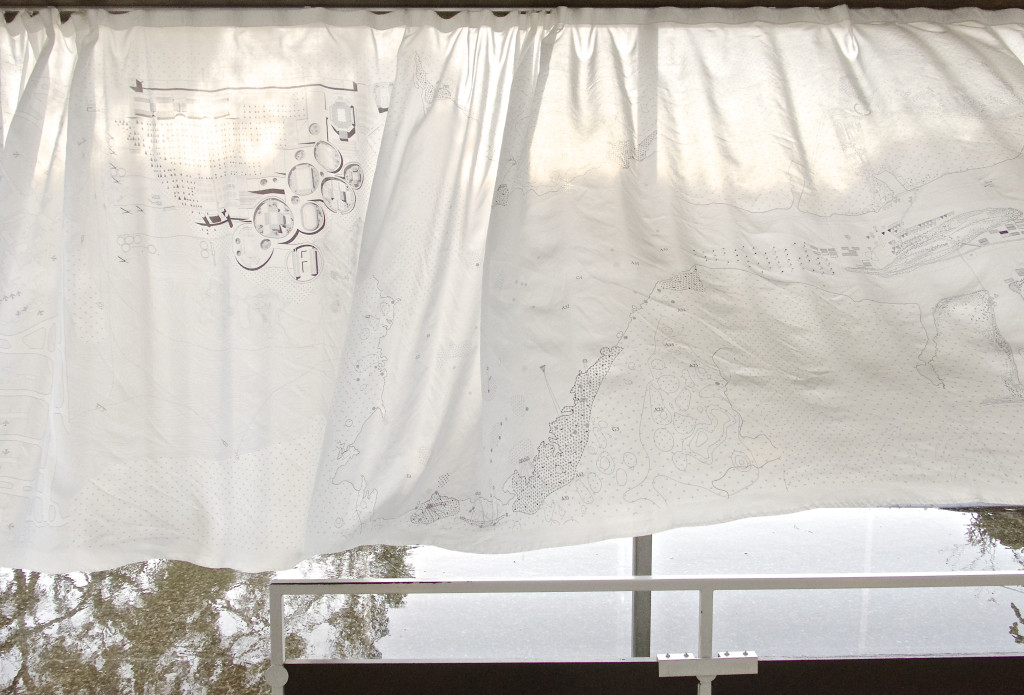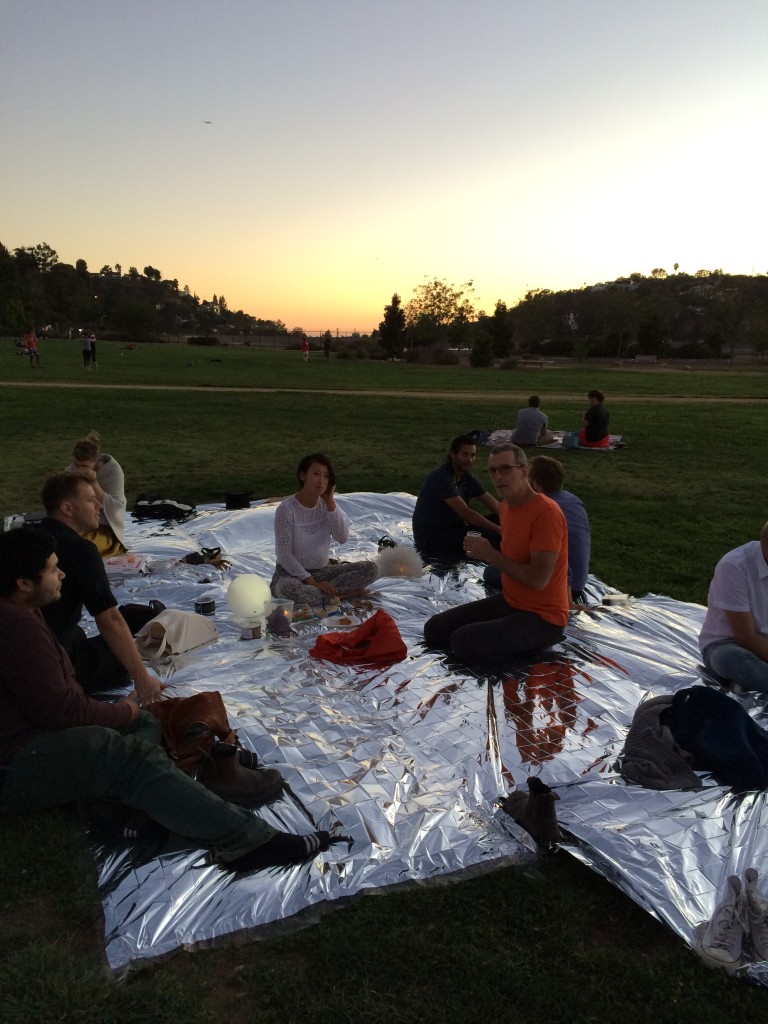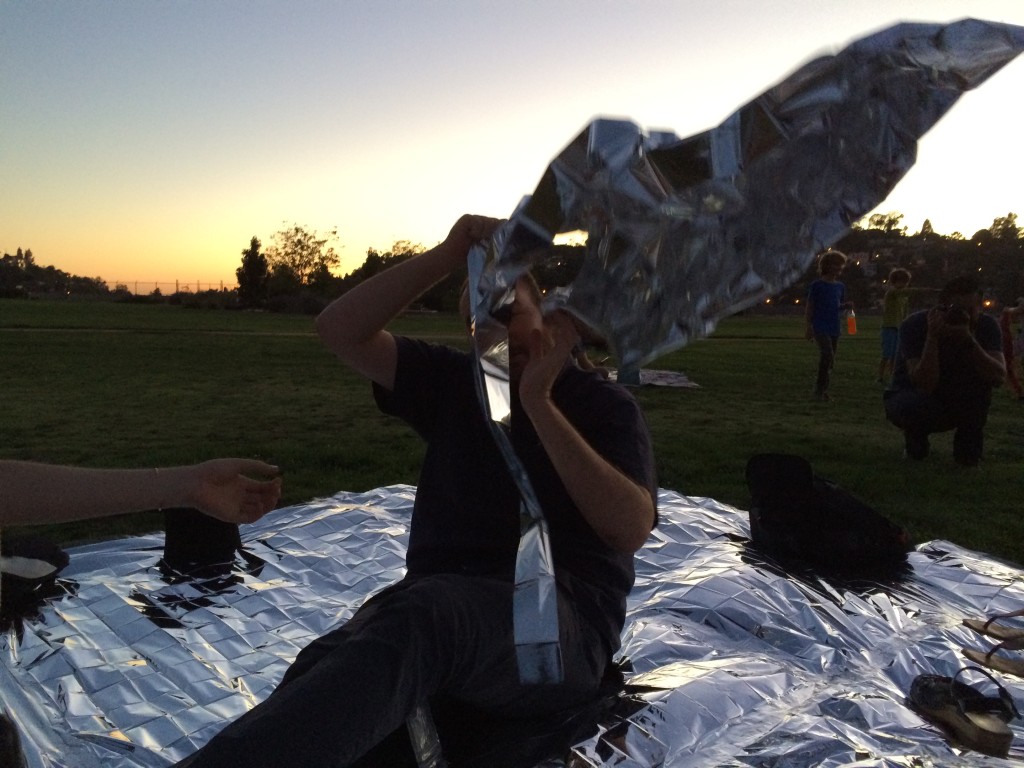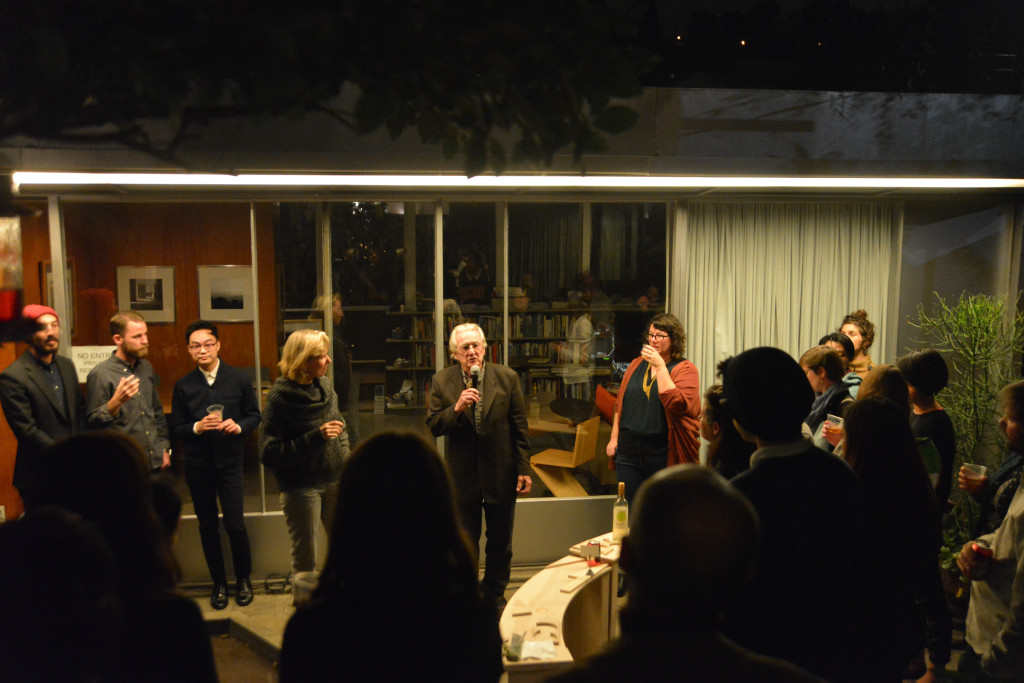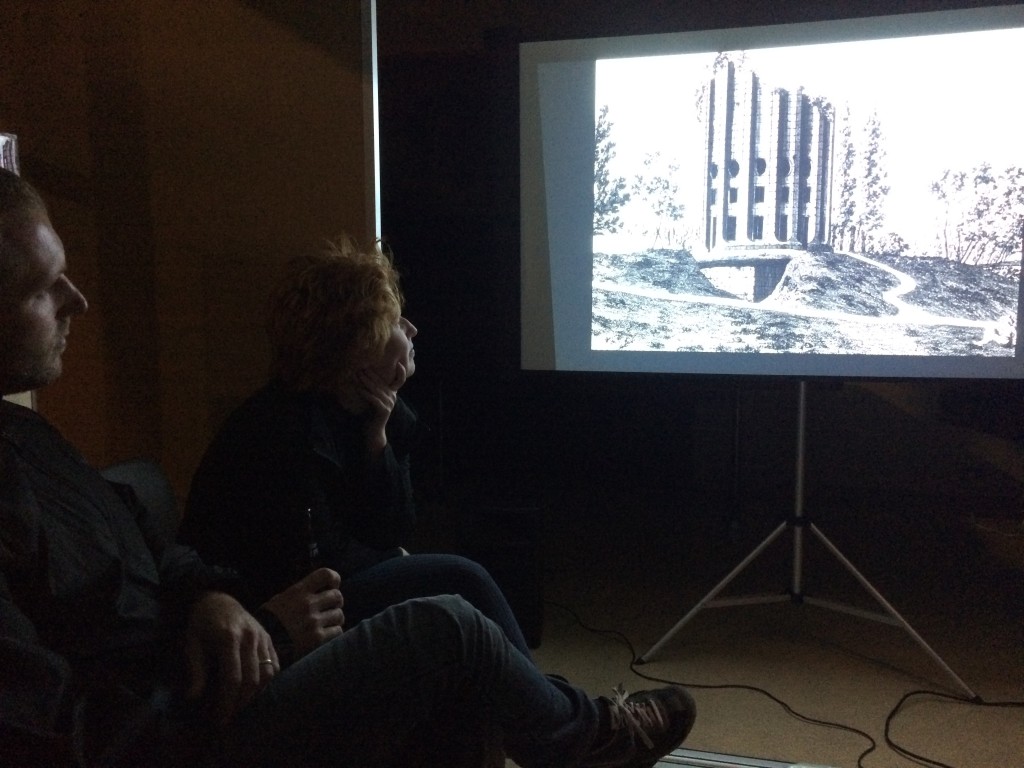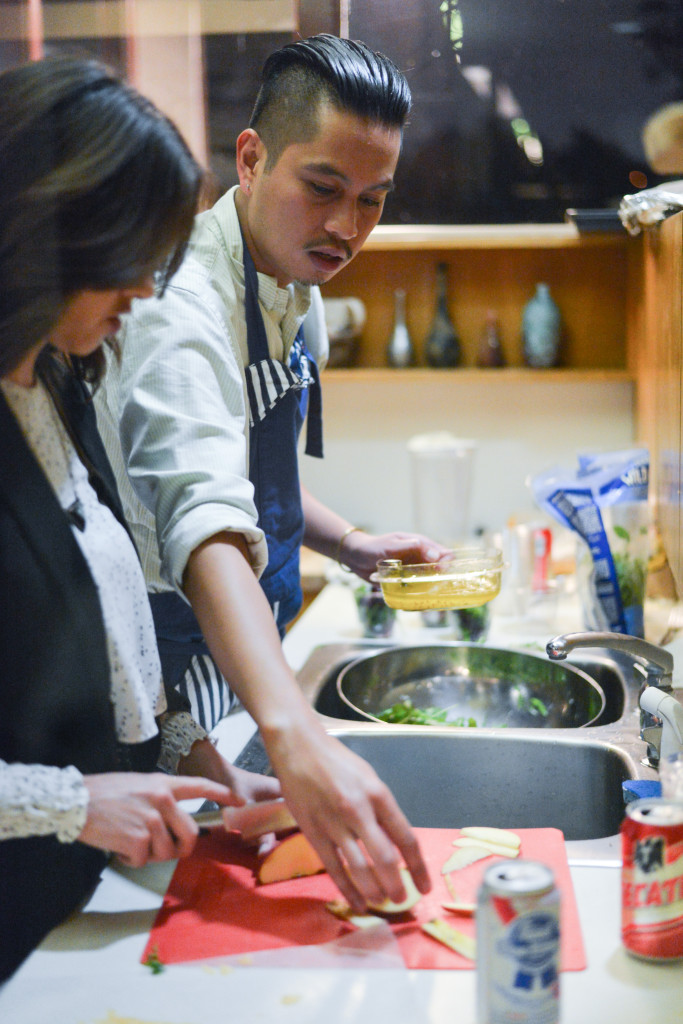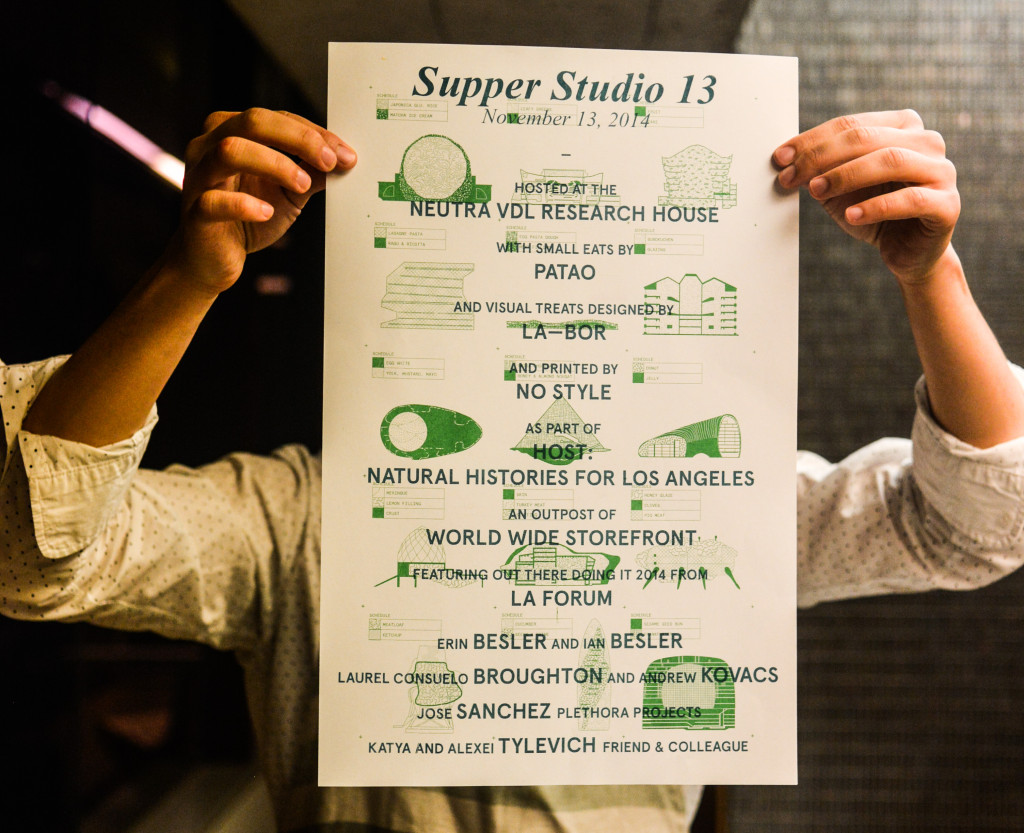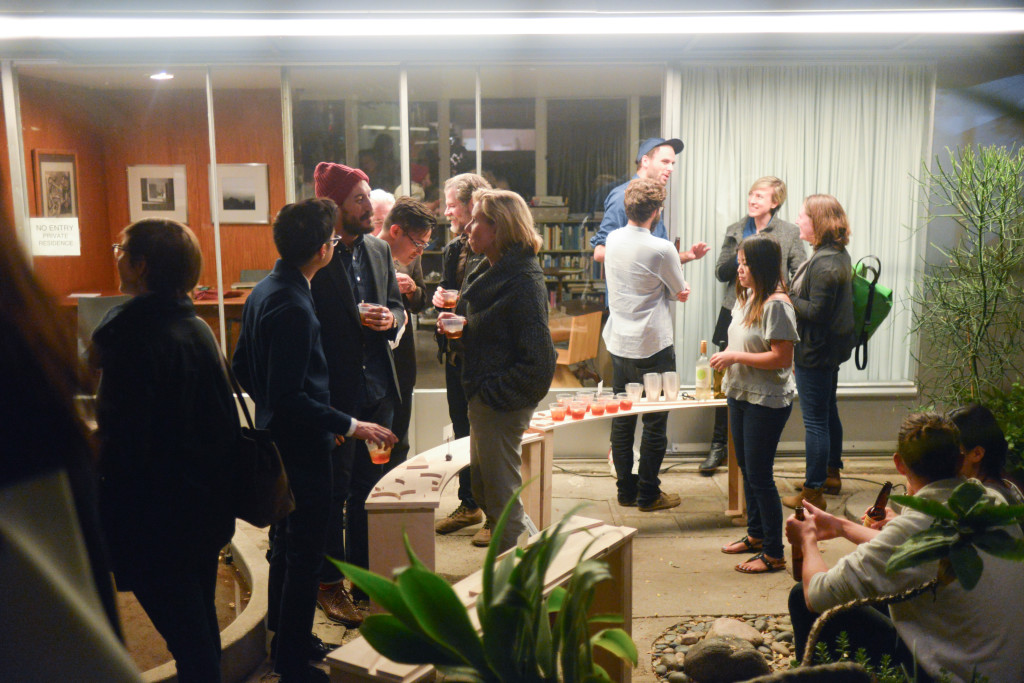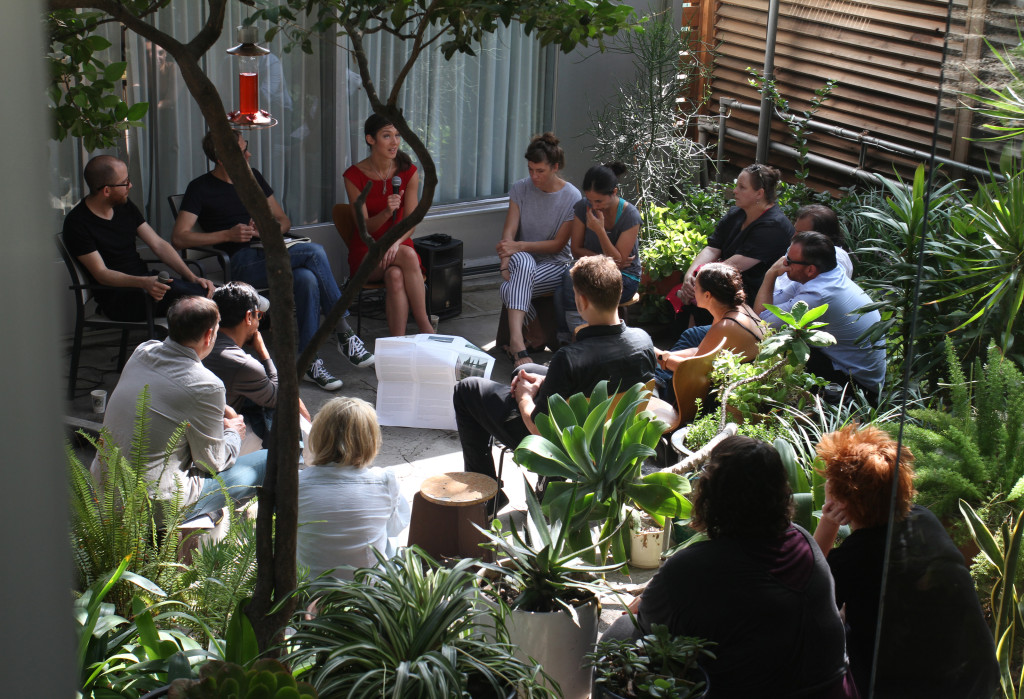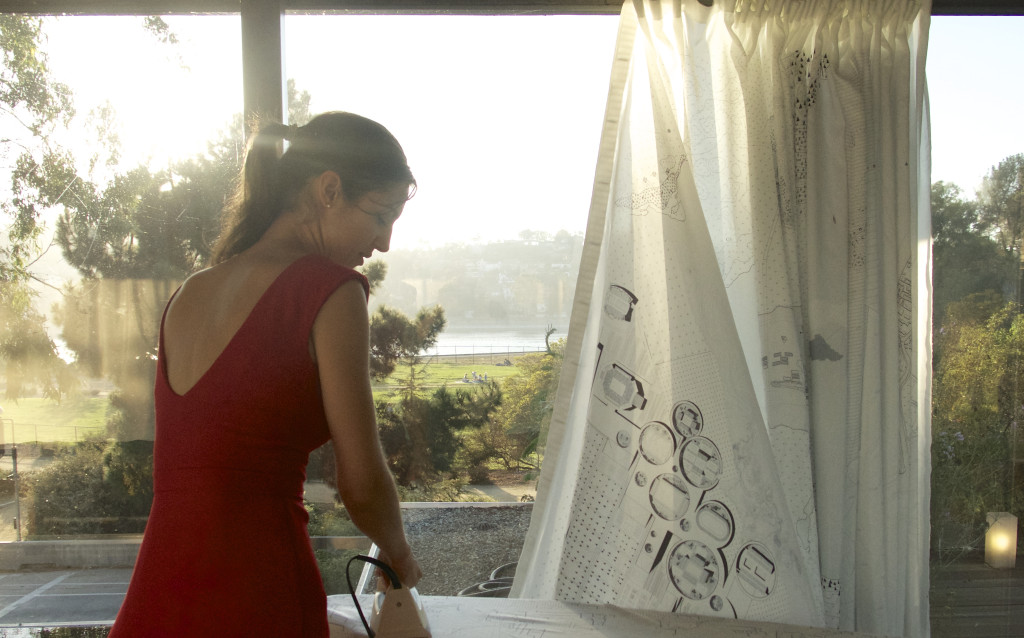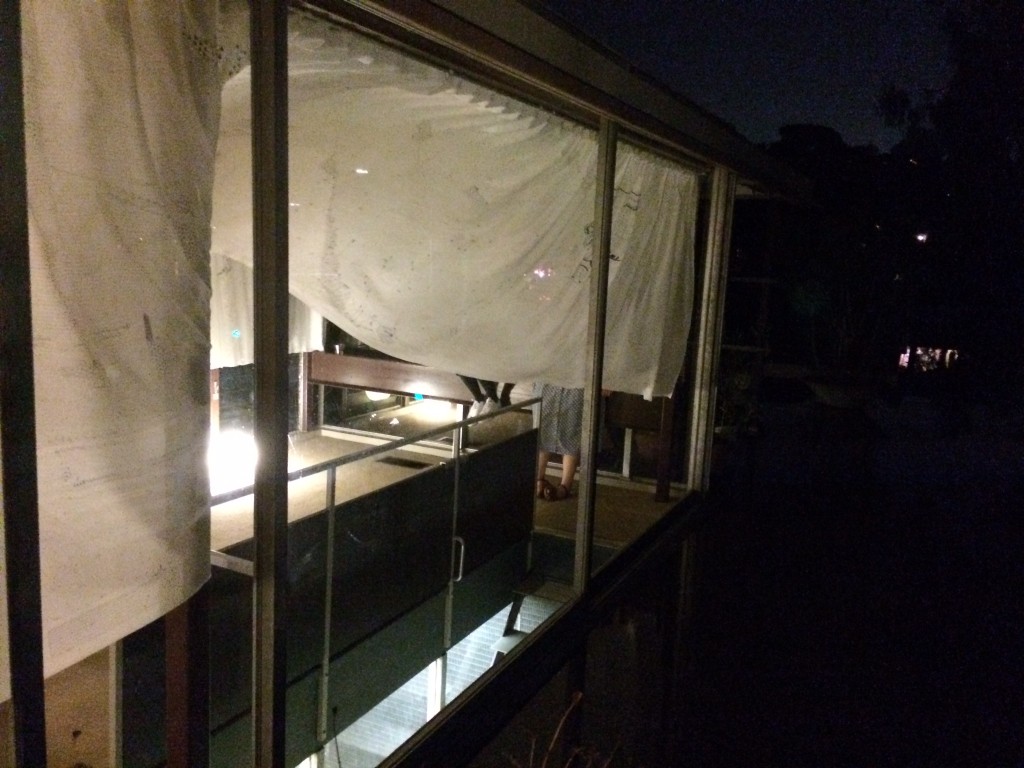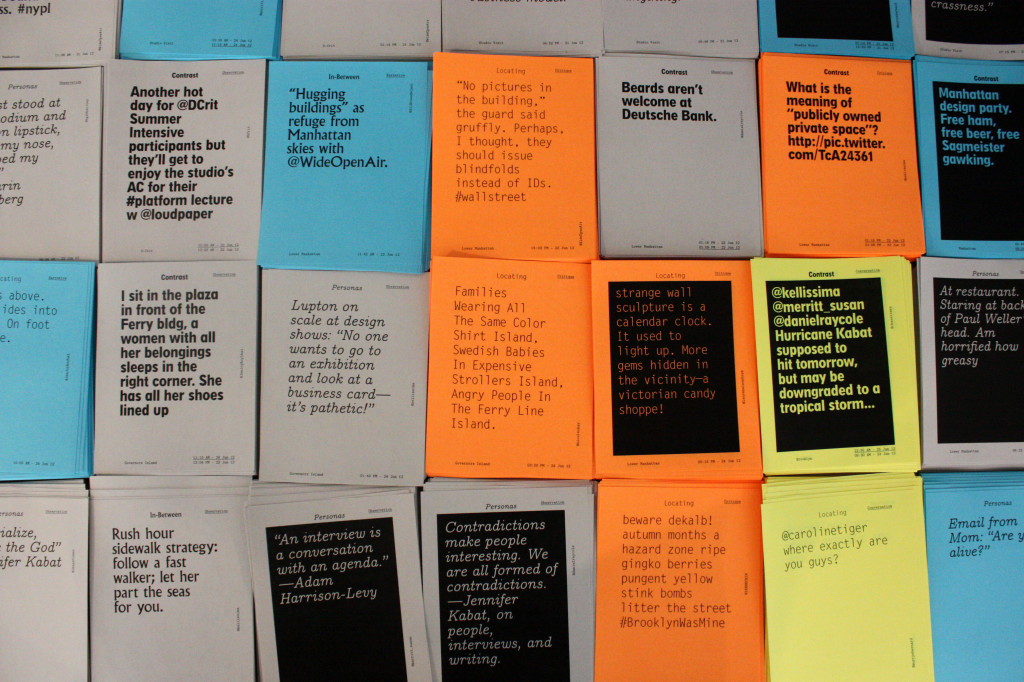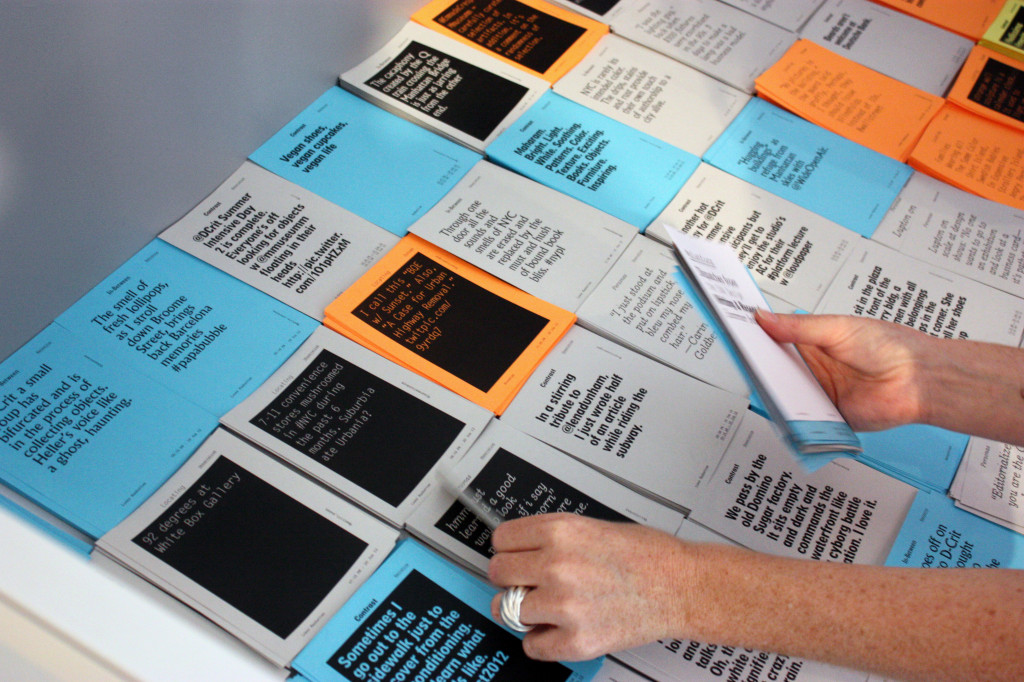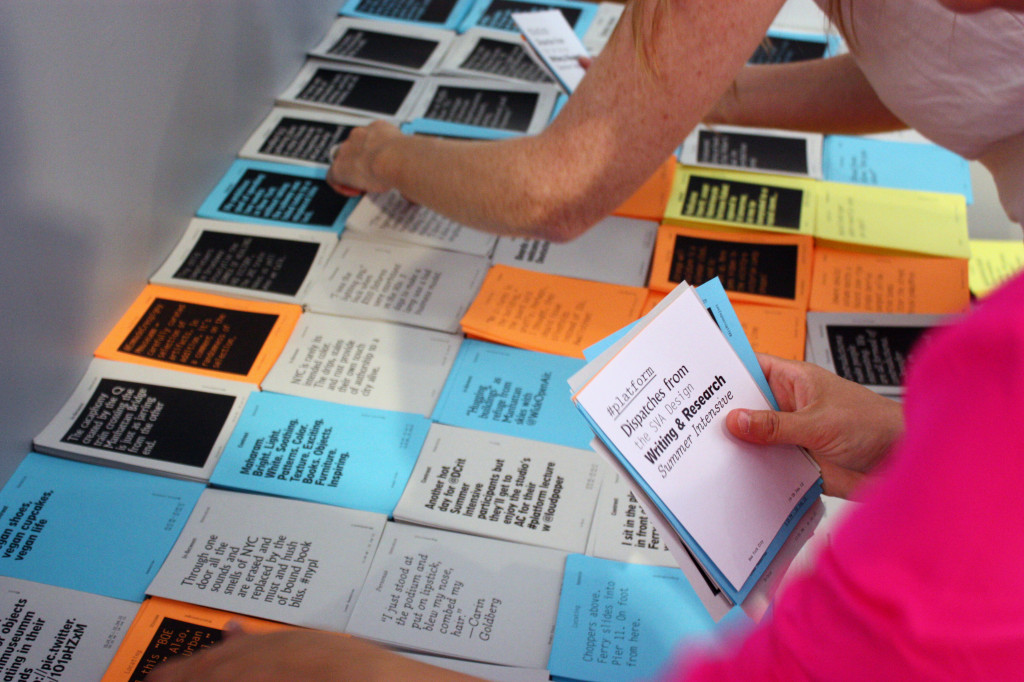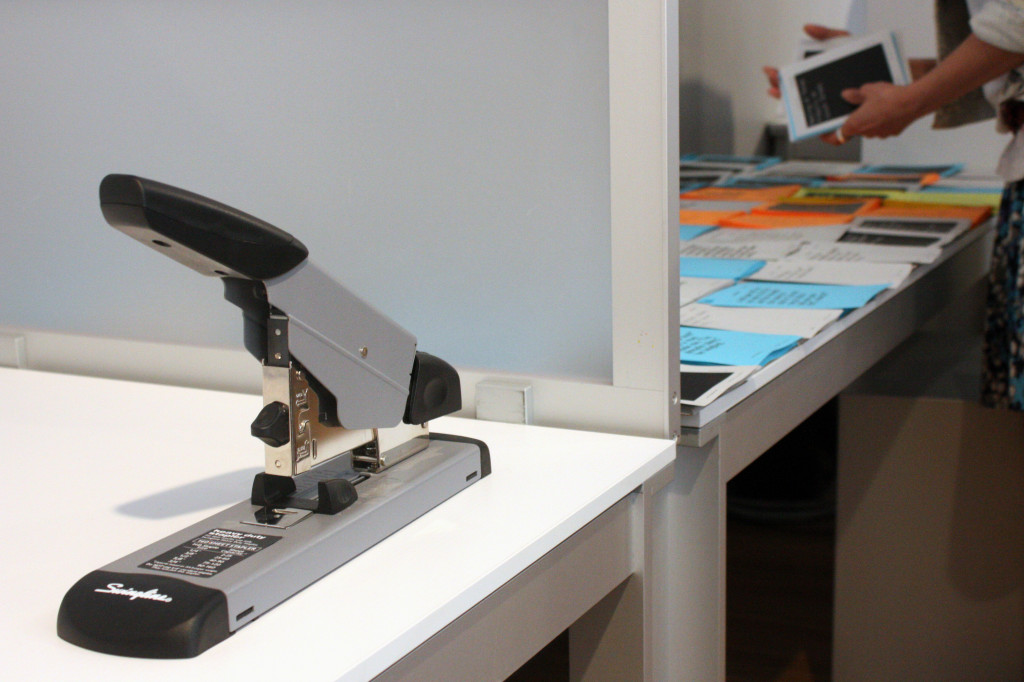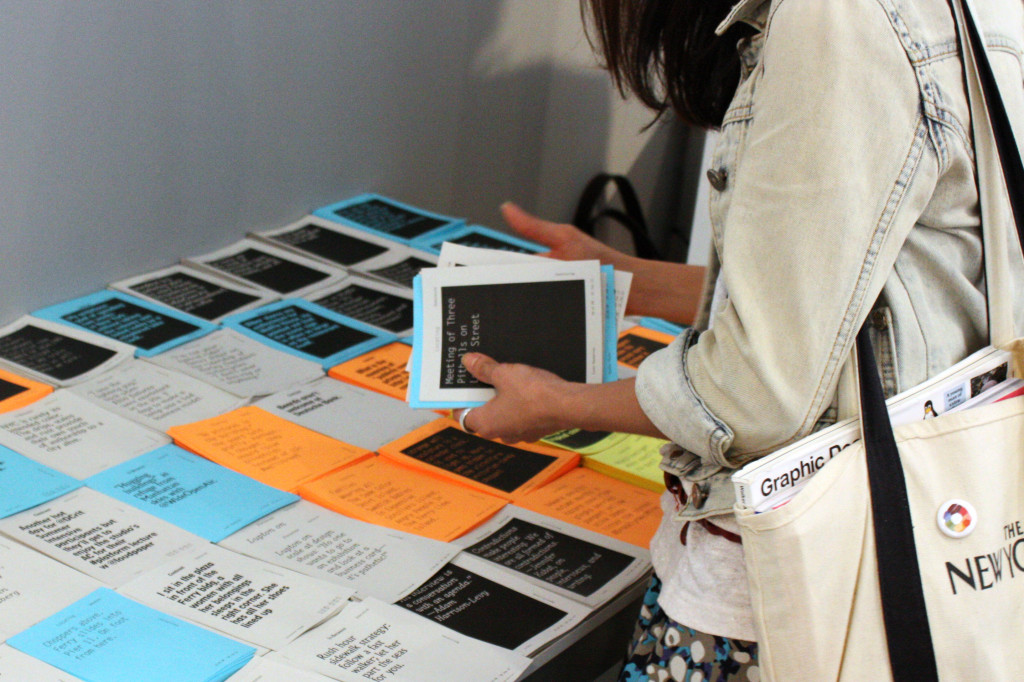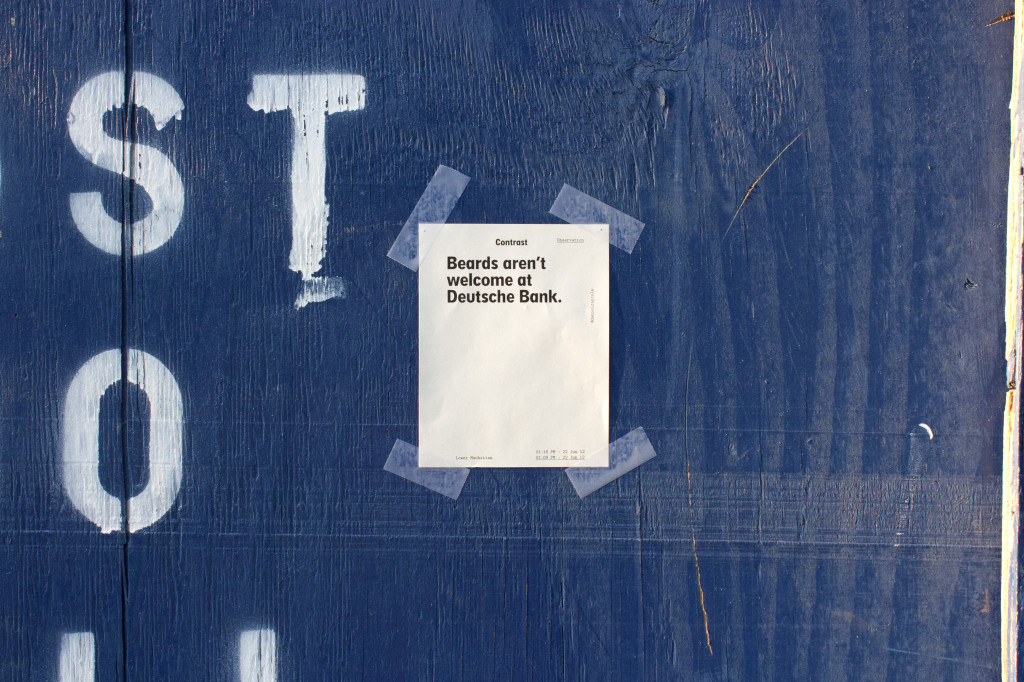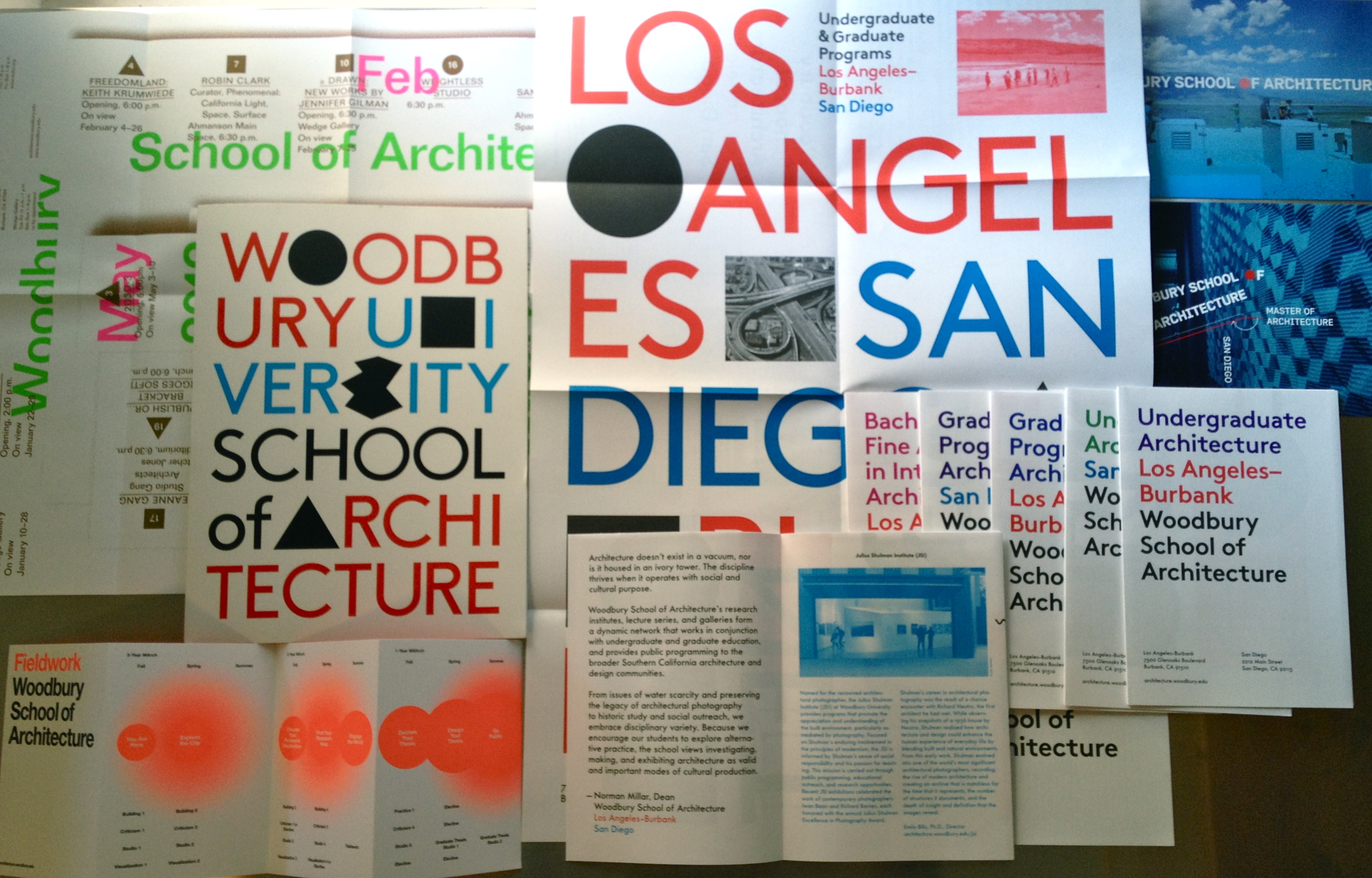Host curators are Mimi Zeiger (Los Angeles Forum for Architecture and Urban Design), Leonardo Bravo and River Jukes-Hudson (Big City Forum), and Sarah Lorenzen (Neutra VDL Research House).
This fall, curators from three Los Angeles-based organizations come together as part of World Wide Storefront, a Storefront for Art and Architecture project, to present Host: Natural Histories for Los Angeles. This series of exhibitions and events is a collaboration between Big City Forum, Los Angeles Forum for Architecture and Urban Design, and the Neutra VDL Research House.
Host: Natural Histories for Los Angeles explores the multivalent meaning of “host” though spectacle, parasitic opportunism, and domestic landscapes. The Neutra VDL Research House serves as the site of these investigations and the house, embedded with spatial effects—mirrors, screens, and pools of water—heightens and confuses the relationship between the domestic interior and the exterior. Read More …
